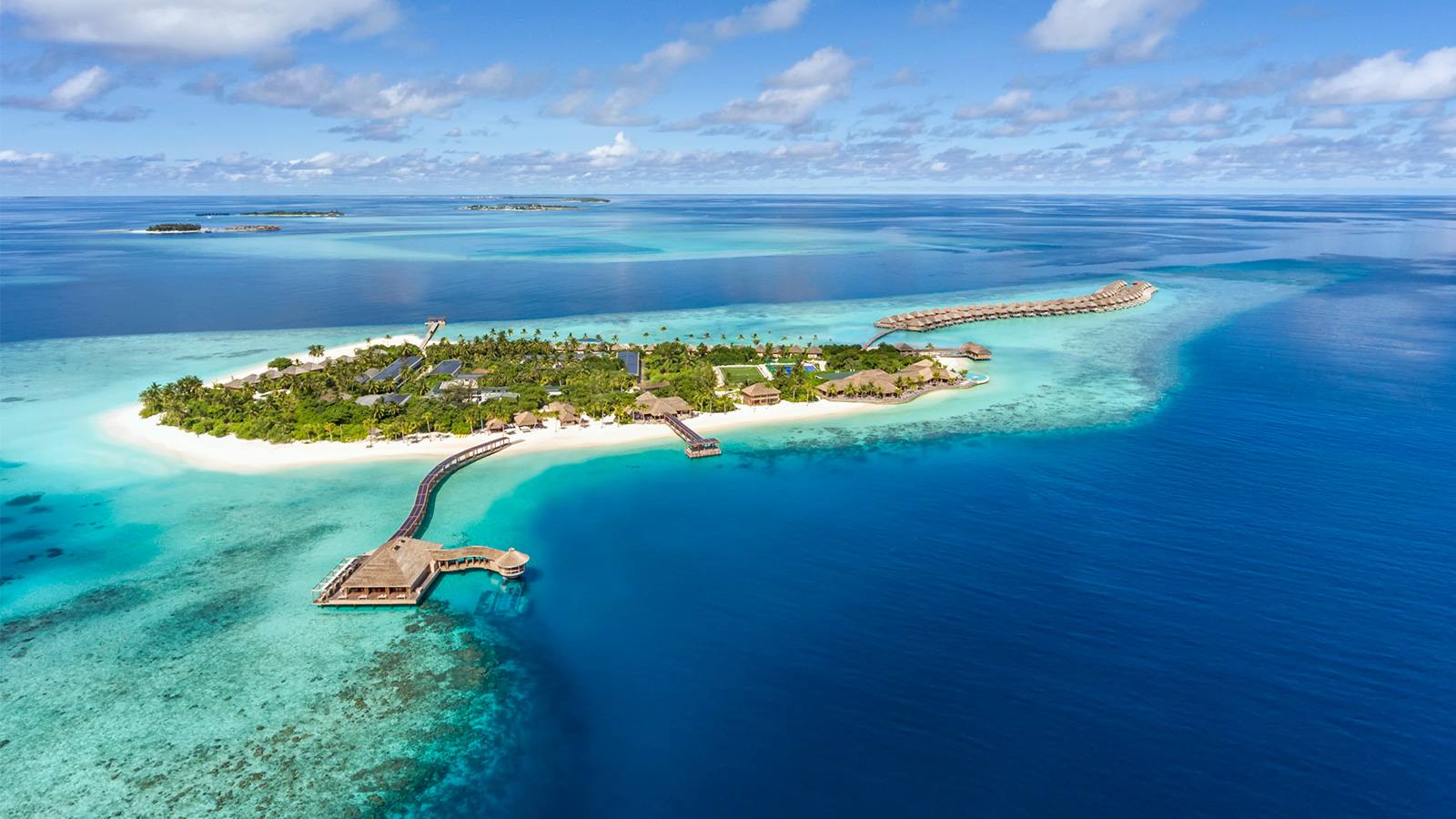Nestled in the turquoise waters of the Indian Ocean, the Maldives is an archipelago of unparalleled beauty, consisting of 26 atolls and over 1,000 coral islands. Known for its crystal-clear waters, white sandy beaches, and vibrant marine life, this tropical paradise has become a dream destination for travelers from around the world. Beyond its stunning natural landscapes, the Maldives offers a rich cultural heritage and a plethora of luxurious resorts, making it a perfect blend of relaxation and adventure.
Table of Contents
The Geography of the Maldives
The Maldives is situated southwest of Sri Lanka and India, spanning approximately 298 square kilometers. Despite its small land area, the country covers an extensive ocean territory of about 90,000 square kilometers. The atolls, formed by coral reefs, encircle serene lagoons, creating a unique and fragile ecosystem. The highest point in the Maldives is merely 2.4 meters above sea level, making it the world’s lowest-lying country. This geographic peculiarity makes the Maldives particularly vulnerable to rising sea levels caused by climate change.
States Of Maldives
The Maldives does not have states like some other countries. Instead, it is divided into administrative divisions called atolls. These atolls are further subdivided into inhabited islands and resort islands. The Maldives consists of 26 natural atolls, which are grouped into 20 administrative atolls for governance purposes. Here is a breakdown of how the Maldives is divided:
The Maldives consists of approximately 1,190 islands spread across 26 atolls. However, the exact number can vary slightly due to changes in the environment, such as erosion and land reclamation. Out of these islands, around 200 are inhabited, while others are developed as resorts or remain uninhabited.
Here’s a table listing the 26 atolls of the Maldives along with some of the notable islands included in each atoll:
| No. | Atoll | Notable Islands |
|---|---|---|
| 1 | Haa Alif Atoll | Thakandhoo, Dhihdhoo, Kulhudhuffushi |
| 2 | Haa Dhaalu Atoll | Hanimaadhoo, Kelaa, Nolhivaran |
| 3 | Shaviyani Atoll | Funadhoo, Komandoo, Muraidhoo |
| 4 | Noonu Atoll | Manadhoo, Holhudhoo, Miladhoo |
| 5 | Raa Atoll | Maduvvari, Meedhoo, Ungoofaaru |
| 6 | Baa Atoll | Thulhaadhoo, Maalhos, Dharavandhoo |
| 7 | Lhaviyani Atoll | Naifaru, Hinnavaru, Kurendhoo |
| 8 | Male’ Atoll | Malé, Villingili, Thulusdhoo |
| 9 | Northern Ari Atoll | Rasdhoo, Mathiveri, Ukulhas |
| 10 | Southern Ari Atoll | Maafushi, Dhigurah, Thoddoo |
| 11 | Vaavu Atoll | Fulidhoo, Rakeedhoo, Vashafaru |
| 12 | Meemu Atoll | Muli, Naalaafushi, Dhiggaru |
| 13 | Northern Nilandhe Atoll | Miladhunmadulu, Velidhoo |
| 14 | Southern Nilandhe Atoll | Nilandhoo, Hinnavaru |
| 15 | Thaa Atoll | Veymandoo, Thulhaadhoo |
| 16 | Laamu Atoll | Gan, Maamendhoo, Maafilaafushi |
| 17 | Northern Huvadhu Atoll | Fuvahmulah, Kooddoo |
| 18 | Southern Huvadhu Atoll | Addu City, Maradhoo |
| 19 | Gnaviyani Atoll | Fuvahmulah |
| 20 | Seenu Atoll | Addu City, Gan, Feydhoo |
| 21 | Kaafu Atoll | Maafushi, Thulusdhoo, Kandooma |
| 22 | Dhaalu Atoll | Kudahuvadhoo, Thinadhoo |
| 23 | Baa Atoll | Thulhaadhoo, Maalhos |
| 24 | Addu Atoll | Gan, Hithadhoo, Meedhoo |
| 25 | Fuvahmulah Atoll | Fuvahmulah |
| 26 | Kaaafu Atoll | Kandooma, Thulusdhoo |
Note: Some islands may belong to more than one atoll depending on the administrative designation, and the list includes notable islands for illustration purposes.
A Glimpse into Maldivian Culture
The culture of the Maldives is a rich tapestry woven from the influences of various civilizations, including South Indian, Sinhalese, Arab, and African cultures. The Maldivian language, Dhivehi, reflects this diverse heritage with its Indo-Aryan roots and script derived from Arabic. Traditional music and dance, such as Bodu Beru, are integral to Maldivian celebrations, showcasing rhythmic drum beats and lively performances. The local cuisine is a delightful fusion of flavors, predominantly featuring fresh seafood, coconut, and spices. Popular dishes include Garudhiya (a fish soup), Mas Huni (shredded tuna with coconut), and Fihunu Mas (grilled fish).
Luxurious Resorts and Overwater Bungalows
The Maldives is synonymous with luxury, offering some of the most exclusive resorts and overwater bungalows in the world. These accommodations provide direct access to the lagoon and breathtaking views of the ocean. Resorts like Soneva Fushi, Conrad Maldives Rangali Island, and Gili Lankanfushi offer unparalleled luxury, privacy, and personalized services. Guests can indulge in world-class spa treatments, dine in underwater restaurants, and explore the vibrant coral reefs through snorkeling and diving excursions.
Diving and Marine Biodiversity
The Maldives is renowned for its exceptional diving sites, attracting enthusiasts from across the globe. The coral reefs teem with marine life, including manta rays, whale sharks, turtles, and an array of colorful fish. Notable dive sites include Banana Reef, Maaya Thila, and the Fesdu Wreck. The Maldives is also home to several marine protected areas, such as Hanifaru Bay, where snorkelers can witness the awe-inspiring spectacle of manta ray feeding frenzies. The coral reefs, however, face threats from climate change and coral bleaching, necessitating ongoing conservation efforts.
Sustainable Tourism and Environmental Conservation
Recognizing the fragile nature of its environment, the Maldives has made significant strides in promoting sustainable tourism and environmental conservation. Many resorts have adopted eco-friendly practices, such as solar power, desalination plants, and waste management systems. The Maldives Marine Research Institute and various NGOs work tirelessly to protect coral reefs, sea turtles, and other marine species. Additionally, the government has pledged to achieve carbon neutrality and has implemented measures to mitigate the impacts of climate change.
Top Ten Must-Visit Destinations in the Maldives
The Maldives, a tropical paradise known for its stunning islands and vibrant marine life, offers a range of unforgettable experiences. Here are the top ten must-visit destinations in the Maldives:
1. Malé
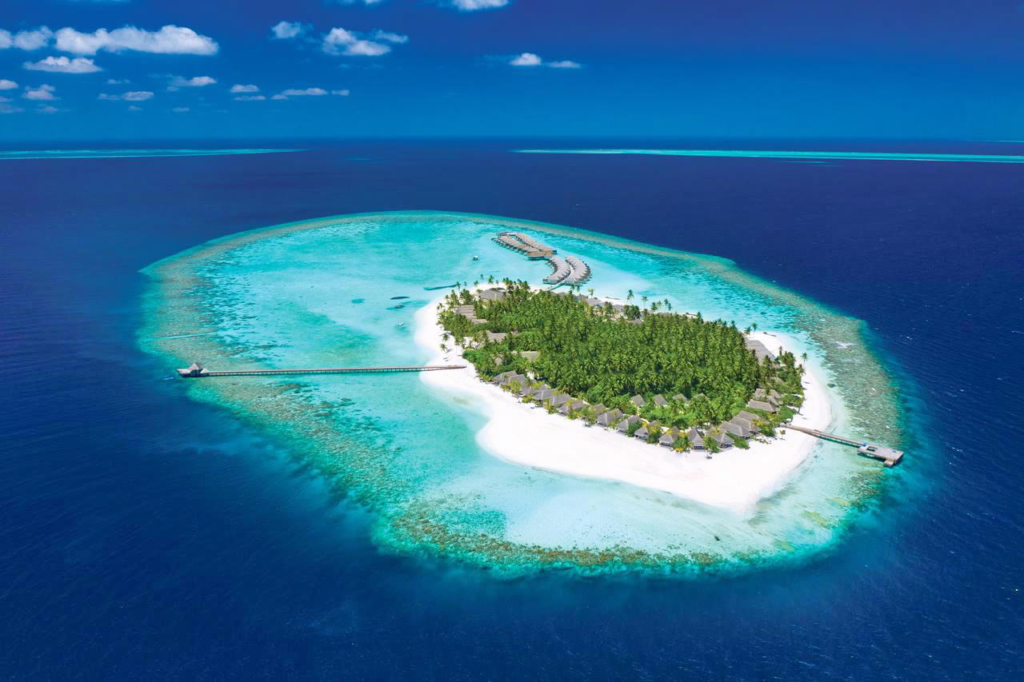
Malé, the bustling capital city, offers a unique blend of modernity and tradition. Key attractions include the Maldives Islamic Centre with its impressive golden dome, the National Museum showcasing the country’s rich history, and the bustling Malé Fish Market. Strolling through the narrow streets provides a glimpse into the daily life of Maldivians.
2. Maafushi Island
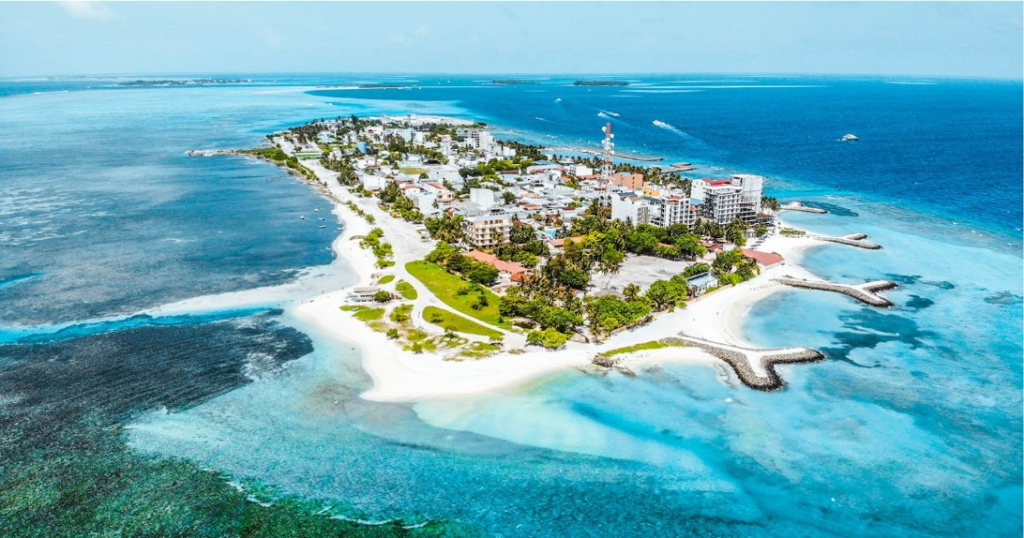
Maafushi Island is popular among travelers seeking budget-friendly accommodations and local experiences. The island offers beautiful beaches, vibrant coral reefs for snorkeling and diving, and a range of water sports. Maafushi’s lively atmosphere and friendly locals make it a great place to explore Maldivian culture.
3. Hulhumalé
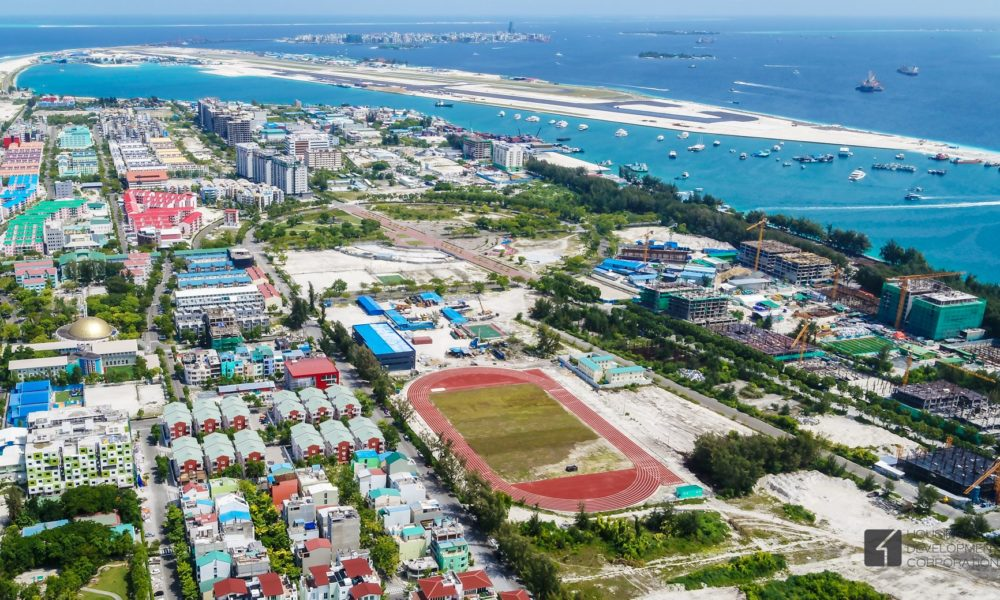
Hulhumalé is a reclaimed island known for its modern infrastructure and beautiful beachfront. It’s an ideal spot for water sports, beach activities, and enjoying the island’s palm-fringed promenades. The island is also home to eco-friendly initiatives and a burgeoning café culture.
4. Baa Atoll
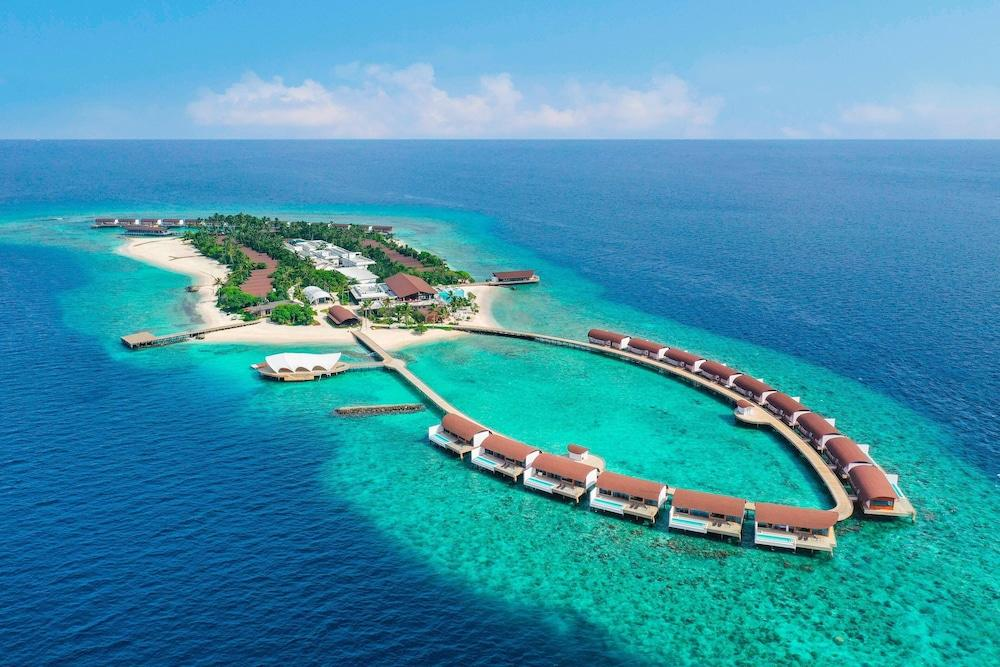
Baa Atoll is a UNESCO Biosphere Reserve renowned for its rich marine biodiversity. Hanifaru Bay, within the atoll, is famous for manta ray feeding frenzies and whale shark sightings. The atoll offers exceptional snorkeling and diving opportunities, with vibrant coral reefs and abundant marine life.
5. Addu Atoll
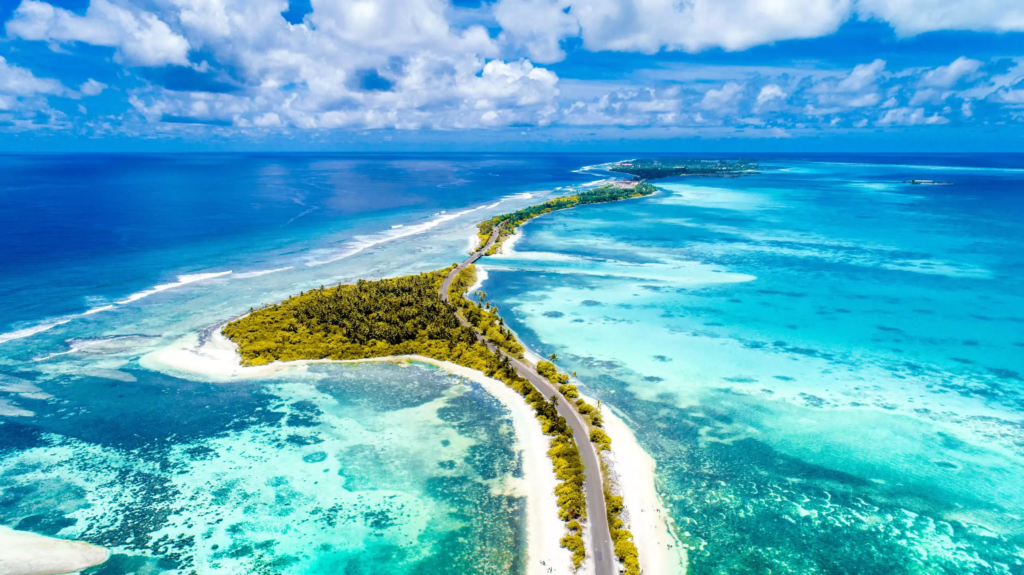
Addu Atoll, the southernmost atoll of the Maldives, is known for its unique blend of natural beauty and historical significance. Gan Island, part of the atoll, was once a British Royal Air Force base. The atoll’s lush vegetation, tranquil lagoons, and diverse wildlife make it a haven for nature enthusiasts.
6. Villingili Island
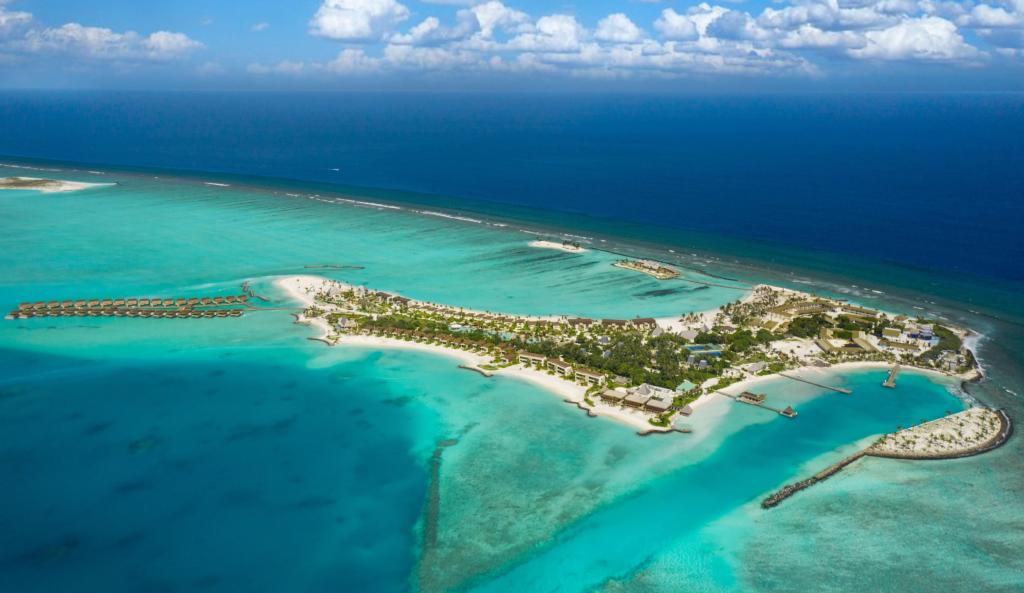
Villingili Island, located in Addu Atoll, is home to the luxurious Shangri-La’s Villingili Resort & Spa. The island boasts pristine beaches, a nine-hole golf course, and lush tropical gardens. Visitors can indulge in world-class spa treatments, explore the coral reefs, and enjoy exquisite dining experiences.
7. Fuvahmulah Island
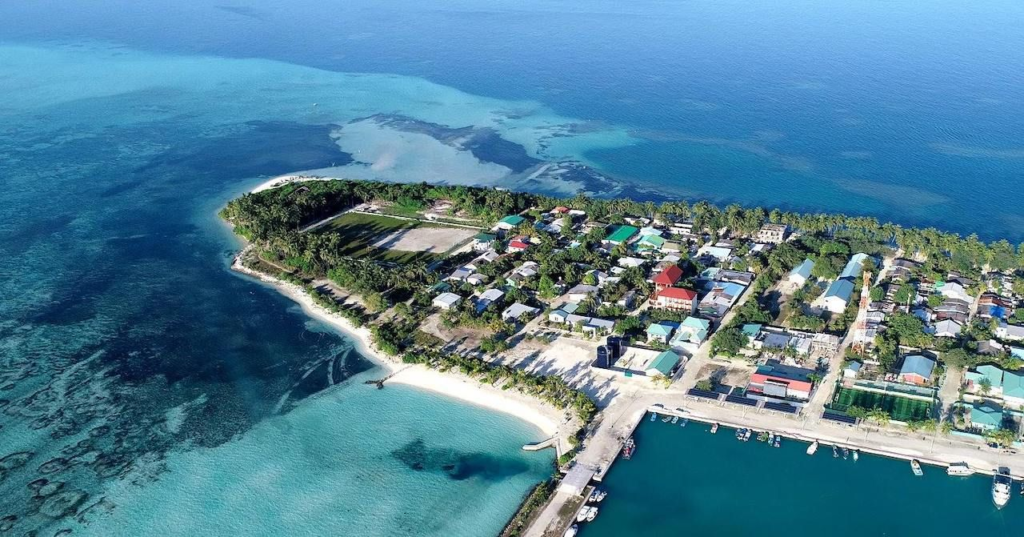
Fuvahmulah Island is unique due to its diverse landscapes, including lakes, wetlands, and sandy beaches. The island is known for its rich culture and traditional fishing practices. Fuvahmulah offers excellent diving opportunities with the chance to see tiger sharks, hammerhead sharks, and other marine species.
8. Thulusdhoo Island
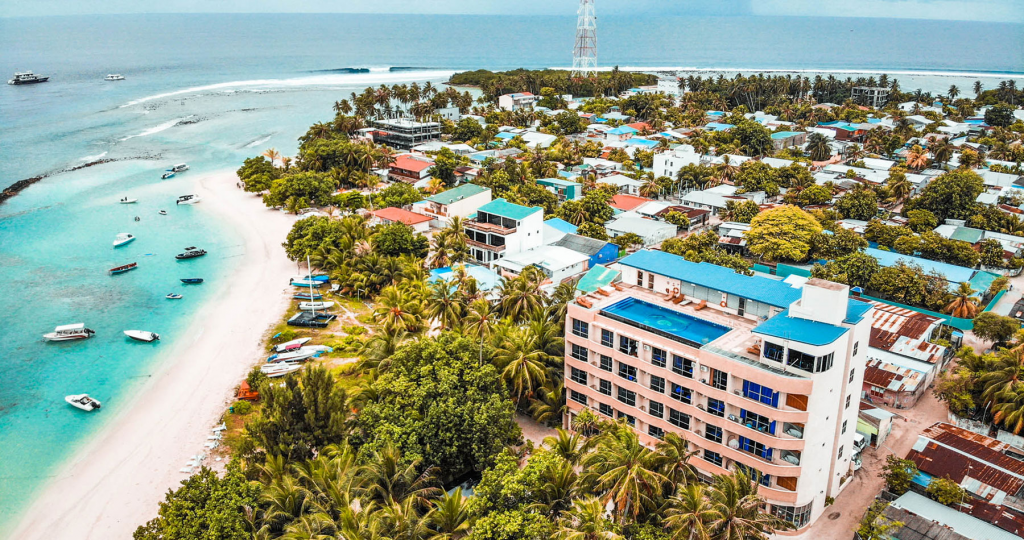
Thulusdhoo Island, located in Kaafu Atoll, is famous for its surf breaks, particularly the renowned Coke’s Surf Point. The island offers a laid-back atmosphere with guesthouses, local eateries, and vibrant coral reefs. Visitors can enjoy surfing, snorkeling, and exploring the island’s charming village.
9. Ari Atoll
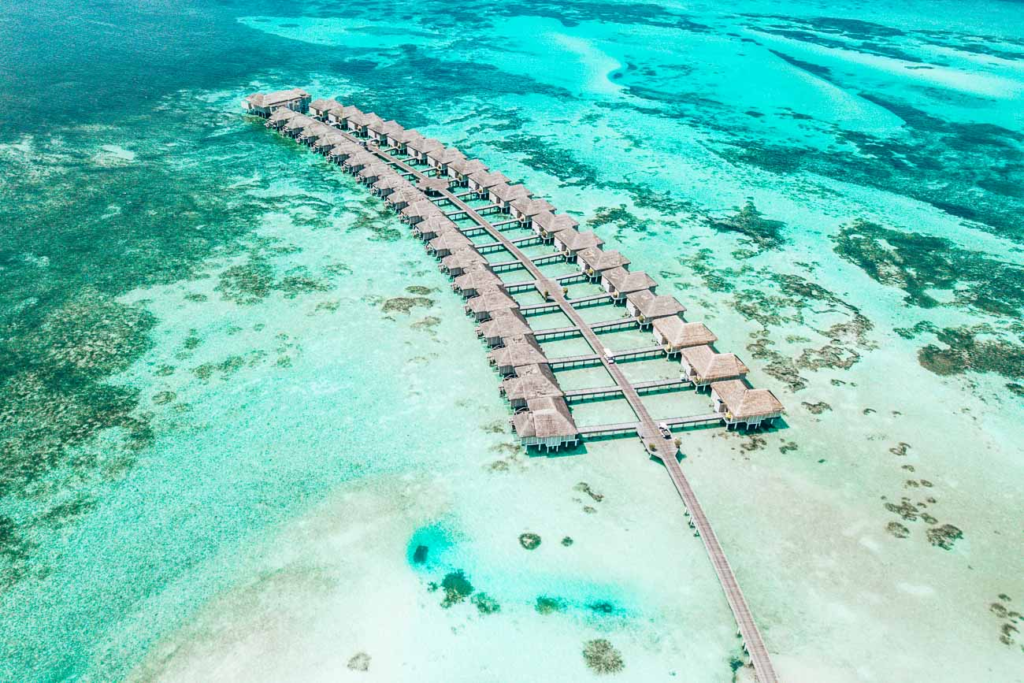
Ari Atoll is one of the largest atolls in the Maldives, known for its luxurious resorts and exceptional diving sites. Maaya Thila, Fish Head, and the Machchafushi Wreck are some of the top dive spots in the atoll. The atoll’s clear waters, abundant marine life, and stunning coral formations make it a diver’s paradise.
10. Dhigurah Island

Dhigurah Island, located in South Ari Atoll, is known for its long sandy beaches and vibrant coral reefs. The island is a popular spot for whale shark sightings, making it a must-visit for snorkeling and diving enthusiasts. Dhigurah offers a range of accommodations, from guesthouses to boutique resorts, providing a perfect blend of luxury and local charm.
Water Sports and Adventure Activities
For adventure seekers, the Maldives offers a plethora of water sports and activities. Surfing enthusiasts can catch some of the best waves at spots like Pasta Point, Sultans, and Honky’s. Kayaking, windsurfing, and jet-skiing are popular choices for exploring the lagoons and coastline. The calm, clear waters are perfect for paddleboarding and kite surfing. Fishing enthusiasts can embark on deep-sea fishing trips or try traditional night fishing, where they can catch fish like snapper, grouper, and barracuda.
Romantic Getaways and Honeymoon Destinations
The Maldives is a top choice for honeymooners and couples seeking a romantic escape. The serene beaches, luxurious resorts, and breathtaking sunsets create an idyllic setting for romance. Many resorts offer special honeymoon packages, complete with private dinners on the beach, couples’ spa treatments, and secluded villa accommodations. Activities such as sunset cruises, sandbank picnics, and underwater dining experiences add to the enchantment of a Maldivian honeymoon.
Local Islands and Cultural Experiences
While the resorts offer a luxurious experience, visiting local islands provides a glimpse into the authentic Maldivian way of life. Islands like Maafushi, Dhigurah, and Thulusdhoo offer guesthouses and budget-friendly accommodations. Visitors can explore traditional fishing villages, meet local artisans, and experience the warmth and hospitality of the Maldivian people. Cultural tours often include visits to historical sites, such as the 17th-century Hukuru Miskiy (Friday Mosque) in Malé, and traditional craft workshops where visitors can see the making of lacquerware and woven mats.
Exquisite Cuisine and Dining Experiences
Maldivian cuisine is a delectable blend of flavors, drawing from its rich maritime resources and cultural influences. Fresh seafood is a staple, with dishes like Masroshi (tuna-stuffed chapati), Bis Keemiya (samosa-like pastries), and Rihaakuru (a thick fish paste) being local favorites. Resorts often feature a variety of dining options, from fine dining restaurants to beachfront grills. Unique dining experiences include underwater restaurants like Ithaa at Conrad Maldives, where guests can enjoy gourmet meals surrounded by marine life, and private sandbank dinners under the stars.
Top Eight Most Famous Food of Maldives
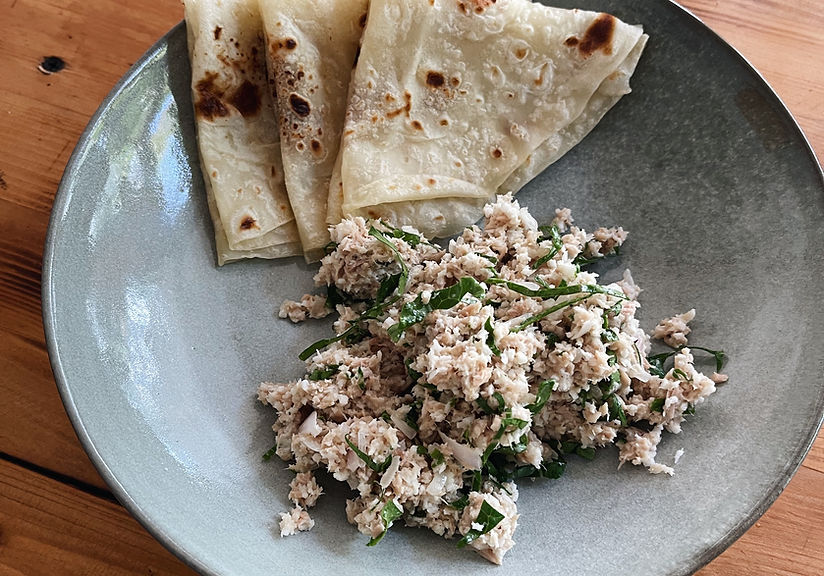
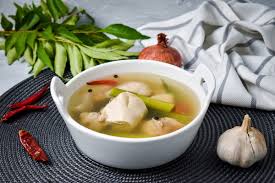
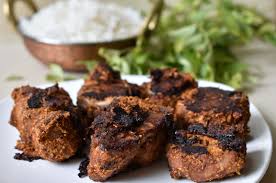
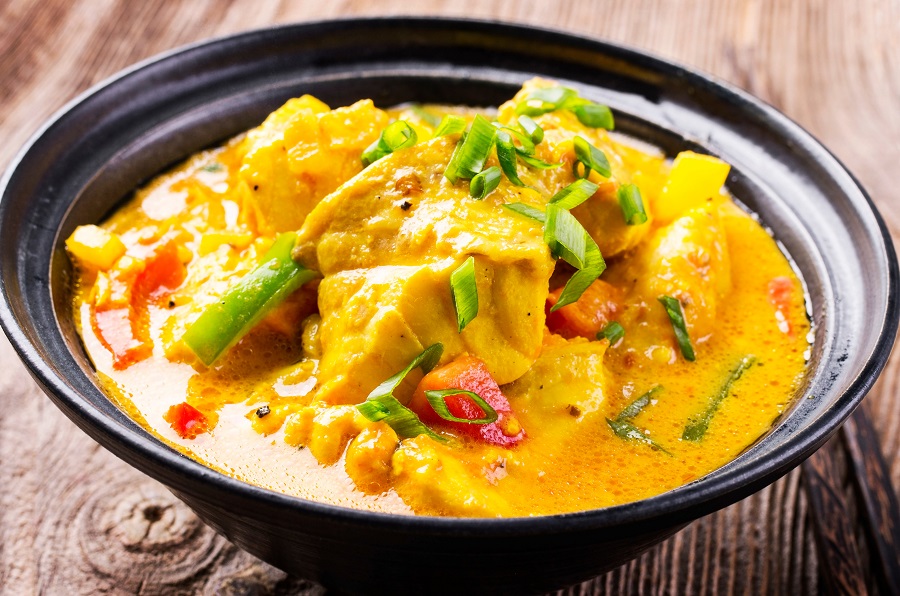
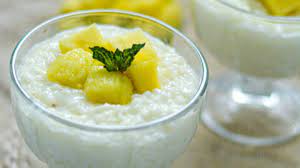
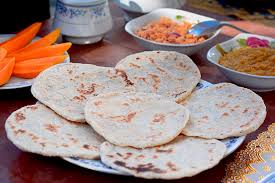
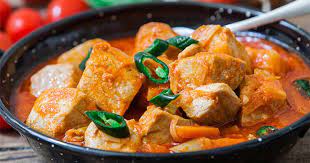
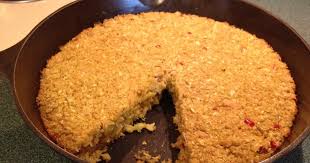
Marine Conservation Efforts and Eco-Tourism
Given the Maldives’ reliance on its natural beauty and marine resources, conservation efforts are paramount. Various organizations and resorts are engaged in coral restoration projects, sea turtle rehabilitation, and sustainable fishing practices. Eco-tourism initiatives encourage visitors to participate in conservation activities, such as coral planting and beach clean-ups. These efforts not only protect the delicate ecosystem but also raise awareness about the importance of preserving the Maldives’ natural heritage for future generations.
Spa and Wellness Retreats
The Maldives is also renowned for its world-class spa and wellness retreats, offering holistic therapies and rejuvenating experiences. Many resorts feature overwater spa pavilions and wellness centers where guests can indulge in massages, yoga sessions, and Ayurvedic treatments. The tranquil surroundings and skilled therapists create a serene atmosphere for relaxation and healing. Popular treatments include traditional Maldivian massages using coconut oil, detoxifying seaweed wraps, and meditation sessions with stunning ocean views.
Breathtaking Sunsets and Stargazing
One of the most magical experiences in the Maldives is witnessing the breathtaking sunsets and stargazing under the clear night sky. The remote location of the Maldives, far from city lights, provides an unparalleled opportunity to observe the stars and constellations. Many resorts offer sunset cruises where guests can enjoy panoramic views of the sun setting over the horizon, casting a golden glow over the ocean. Stargazing sessions often include telescopes and knowledgeable guides who can share insights about the celestial wonders visible from this tropical paradise.
The Capital City: Malé
Malé, the bustling capital of the Maldives, is a vibrant city that contrasts sharply with the tranquil island resorts. Despite its small size, Malé is densely populated and serves as the economic and cultural hub of the country. Visitors can explore landmarks such as the Maldives Islamic Centre, with its impressive golden dome, and the National Museum, which houses artifacts that showcase the country’s history and heritage. The local fish market and bustling markets offer a glimpse into the daily lives of Maldivians, with vendors selling fresh produce, spices, and handicrafts.
Unique Wildlife and Nature Reserves
The Maldives is home to unique wildlife and several nature reserves that protect its diverse ecosystems. Addu Atoll, the southernmost atoll, boasts lush vegetation and is a haven for birdwatchers, with species such as the white tern and frigatebird. The Baa Atoll UNESCO Biosphere Reserve is another significant area, known for its rich biodiversity and manta ray population. Exploring these nature reserves allows visitors to experience the Maldives’ natural beauty beyond its beaches, with opportunities for birdwatching, nature walks, and eco-tours.
Challenges and Future Prospects
Despite its idyllic appearance, the Maldives faces significant challenges, particularly due to climate change. Rising sea levels threaten the very existence of the low-lying islands, while coral bleaching poses a risk to the marine ecosystem. The Maldivian government, along with international organizations, continues to work on mitigation and adaptation strategies to address these issues. Sustainable tourism practices, renewable energy initiatives, and community-based conservation projects are essential for ensuring the Maldives remains a paradise for future generations.
Conclusion
The Maldives, with its stunning natural beauty, rich cultural heritage, and luxurious resorts, offers a unique and unforgettable experience for travelers. From diving in vibrant coral reefs to indulging in spa treatments, and from exploring local islands to savoring exquisite cuisine, the Maldives caters to a wide range of interests and preferences. As the country navigates the challenges posed by climate change, sustainable tourism and conservation efforts remain crucial in preserving this tropical paradise. Whether seeking relaxation, adventure, or romance, the Maldives promises an unparalleled escape into a world of pristine beaches, turquoise waters, and vibrant marine life.

